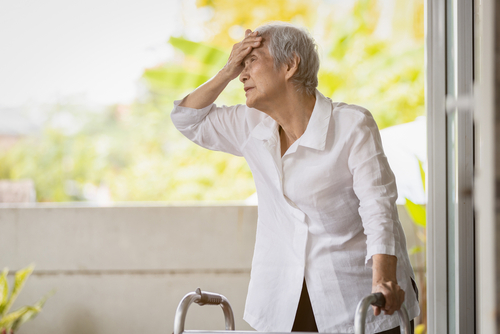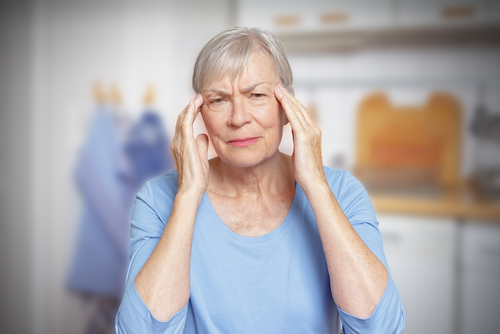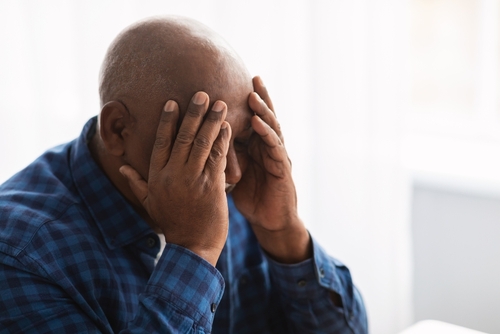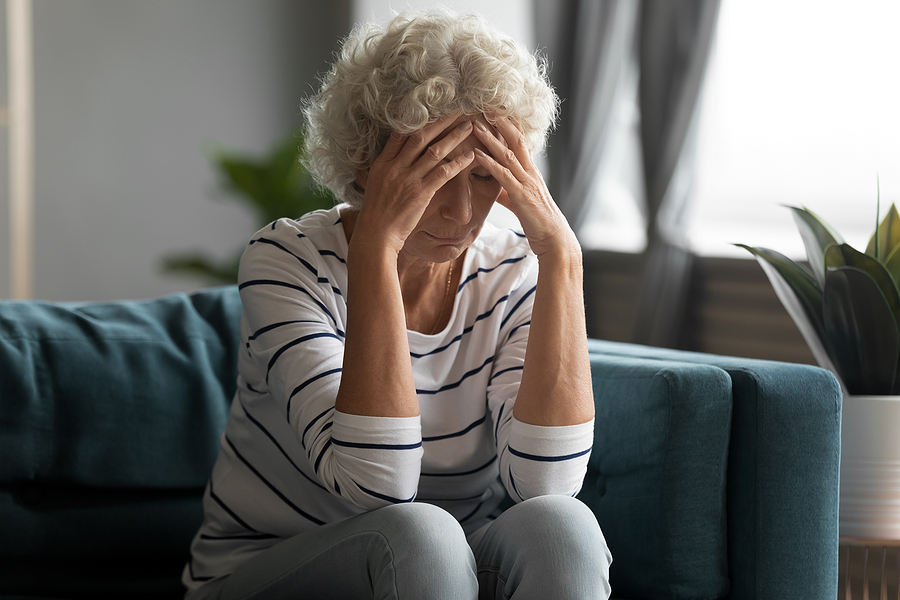Brain Bleed After a Fall in the Elderly
Category:

When bleeding occurs between the brain tissue and skull or within the brain tissue itself, it can cause life-threatening brain damage. If you or a loved one experiences a severe injury to the head after a fall, you should call 911 immediately. In this post, we will review everything you need to know about brain bleed after a fall in the elderly. This will include information on the causes of brain bleed in the elderly, the brain bleed survival rate in the elderly, the symptoms of brain bleeds in the elderly, and treatment methods for brain bleeds in elderly adults.
What Causes a Brain Bleed in the Elderly?
Head injuries — such as those caused by accidents or falls — are the most common causes of a brain bleed. However, even mild head trauma can cause brain bleed in older adults, especially for those taking blood-thinning medications or antiplatelet drugs. Brain bleed can occur through three types of hematomas. These include:
-
Subdural hematoma, which is when blood vessels burst between your brain and the outermost of three protective layers that cover your brain (dura mater), is most prevalent in those who use aspirin or blood-thinning medications.
-
Epidural hematoma, which occurs when a blood vessel bursts between the outer surface of the dura mater and the skull, is most often caused by trauma to the head.
-
Intracerebral (intraparenchymal) hematoma, which occurs when blood pools in one’s brain tissue, can be caused by trauma, rupture of a bulging blood vessel, high blood pressure, tumors, or poorly connected arteries and veins from birth.
Brain Bleed Prognosis in Elderly Adults
Brain bleed in the elderly survival rate can be slim after an elderly individual experiences a fall. That is why it is important to get medical attention immediately. Patients suffering from brain bleed have an estimated five-year survival rate of about 26.7%. The brain bleed in elderly prognosis ultimately depends on the location and severity of the bleeding as well as the amount of swelling resulting from the bleeding.
Symptoms of Brain Bleed in Elderly
Symptoms of brain bleed in elderly adults include:
-
Sudden seizures, with no previous history of seizures
-
Slurred or abnormal speech
-
Difficulty reading, writing, or comprehending
-
Headache
-
Trouble swallowing
-
One-sided paralysis of extremities, such as the face
-
Trouble seeing
-
Loss of coordination, balance, and consciousness
-
Loss of motor skills
-
Nausea and vomiting
-
Confusion
-
Dizziness
-
Neck stiffness
-
Sensitivity to light
-
Abnormal taste sensations
-
Lack of energy and alertness
-
Trouble breathing
-
Abnormal heart rate
Download Our Home Safety Guide
Treatment for Brain Bleed in Elderly
Brain bleed must be analyzed carefully through a prompt diagnosis and medical treatment. To prolong brain bleed elderly prognosis and improve chances of recovery, one can use the following treatments:
-
Medications (i.e. anti-anxiety drugs, anticonvulsants, antihypertensives, corticosteroids, diuretics, and painkillers)
-
Surgery to alleviate swelling and control bleeding
-
Long-term rehabilitation methods (i.e. physical therapy, speech therapy, occupational therapy, lifestyle changes)
Additionally, one can also take preventative measures to treat brain bleed. These include:
-
Controlling blood pressure, cholesterol levels, and blood sugar
-
Eating a healthy diet
-
Quitting smoking and limit alcohol
-
Exercising regularly
-
Losing excess weight
Subscribe
Date: March 14, 2023
Category:


